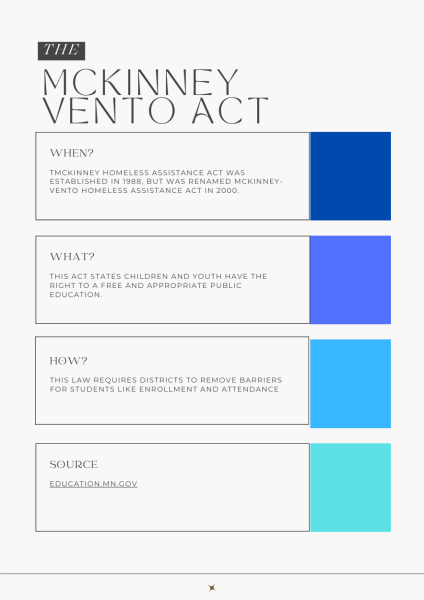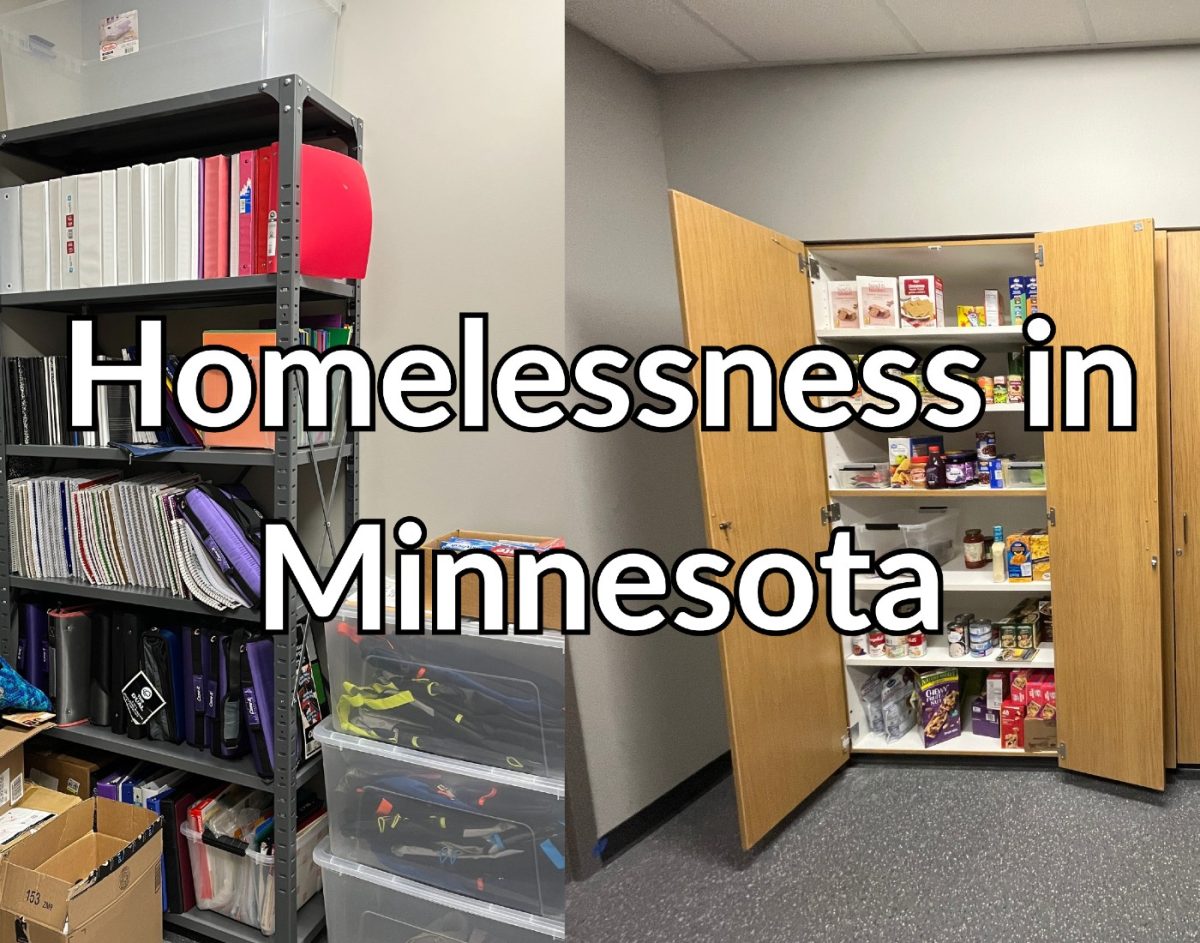What is Homelessness?
It is important to define homelessness, as many people’s view of what homelessness is skewed. Sleeping in a tent, under a bridge or in a car fit the stereotypical view of what homelessness is, and while they qualify there are many other living situations that qualify as well. The McKinney Vento Act dictates how school districts define homelessness. It includes the situations previously mentioned, but also includes situations like staying in motels, unaccompanied youth living alone or migrants living in temporary housing. There are many situations where homelessness does not fit the definition that many people hold.

Identification
Identification is one of the biggest roadblocks that school social workers and districts continue to face regarding homelessness in the community. As homelessness is an incredibly personal issue, it can often go undetected. This is especially prevalent when families are not aware of the aid and support available once they are qualified as homeless. Currently, there are 120 students identified as homeless in the Owatonna Public Schools. Of that 120, 20 are members of Owatonna High School. This number is a 29% increase from last year, where there were 90 students identified. This increase doesn’t necessarily equate to an increase in homelessness, it is more likely reflecting a better system of identification.
Barriers
It should come as no surprise to most that homelessness, especially in the winter time, comes with its challenges. One of the largest barriers for students is transportation. Although it may not be an issue for all students, it can be a huge issue when it comes to students and their academic success. Another issue is food accessibility. When students are faced with rent or other financial burdens, food can often be put on the back burner. Luckily, there are many resources that have been put in place to help with these barriers.
Resources and Aid
For transportation, working with a school counselor in order to figure out a solution would be the best plan for students in need of transportation. The school has implemented free breakfast and lunch for all students statewide, which is a great start. Students also need to worry about the weekend and what they are going to eat. At the high school, there is a room called the Husky Pantry. It is used to house donations of food which includes both non-perishables as well as foods like milk and yogurt in a refrigerator. This is a new addition from last year. All of the products in the pantry are through donations from the community, churches and individuals.

Image by Community Pathways
Social Worker, Ms. Nancy Williams helps students in need of support. Ms. Williams said, “Fees for maybe a woods or welding class, we can cover all of those things. Of course, if they need counseling or support, I mean that’s always available.” Ms. Williams also directs students to Community Pathways, a large building that offers food and clothing support all in one. She also mentioned community dinners offered by local churches. These can be a great resource to larger families. Ms. Williams said, “Sometimes you think of individual kids, but sometimes it’s a whole family. There could be a single mom or dad with a high school student, middle school students and elementary students.” Three different churches in the community offer community suppers. St. Joseph’s, Bethel and Trinity are all churches that offer community dinners.
Minnesota as a whole
Last year 7917 people were reported as homeless last year in Minnesota, while the real number is most likely much higher. A big struggle for these people comes that Minnesota boasts an average temperature of 12 degrees Fahrenheit in January. This can lead to many complications with those who are homeless. Although homelessness is a major issue everywhere, it often goes unnoticed in smaller communities similar to Owatonna.


